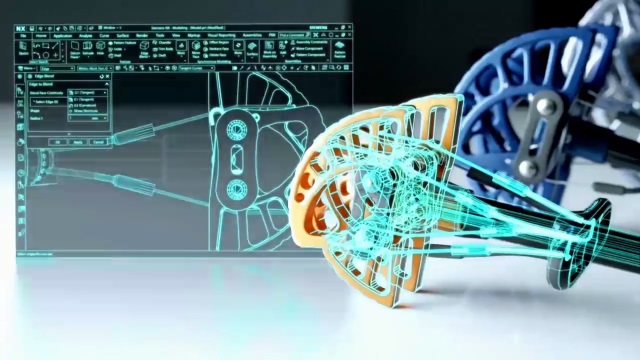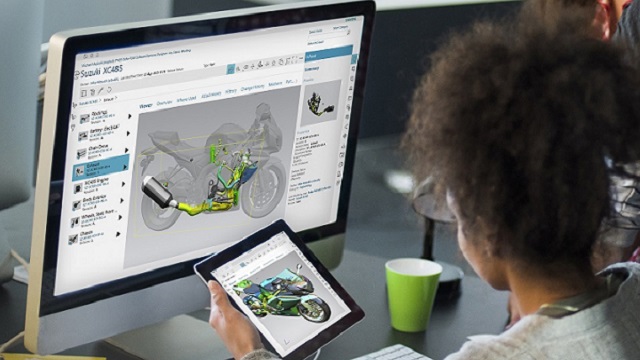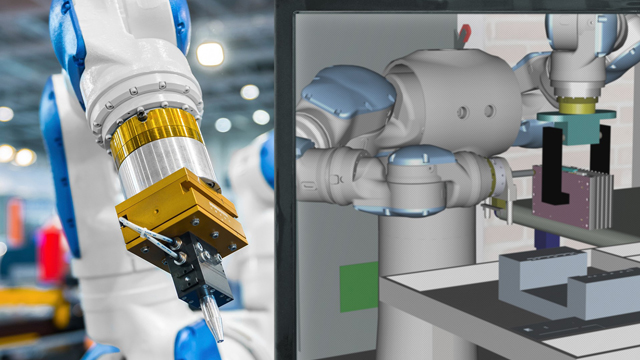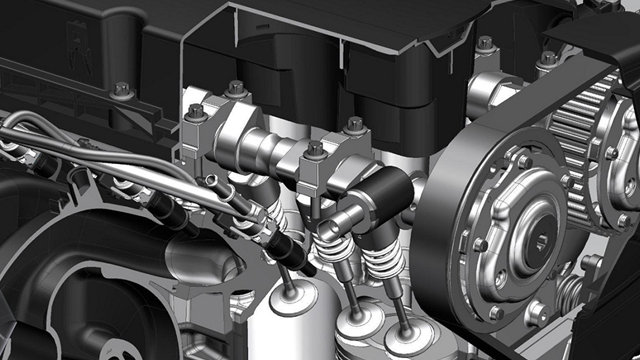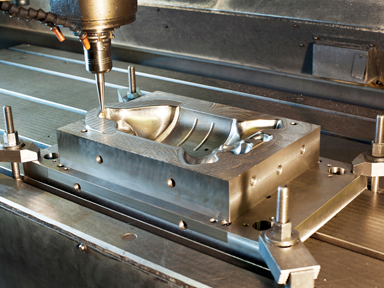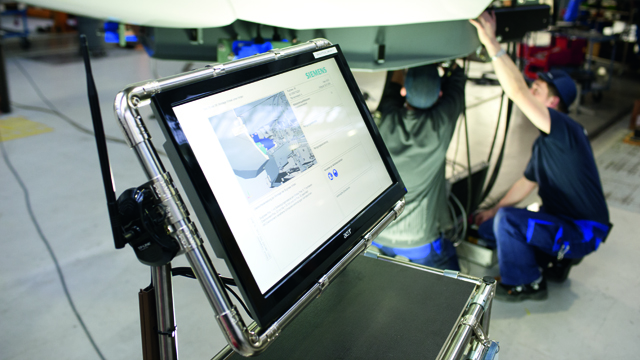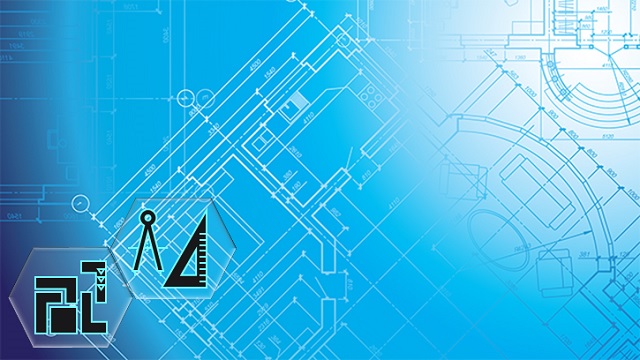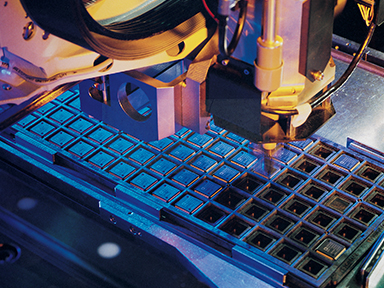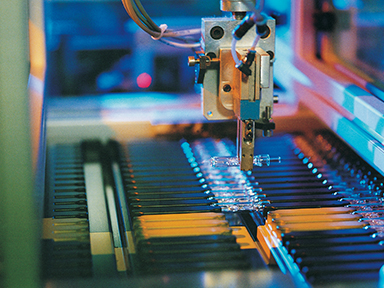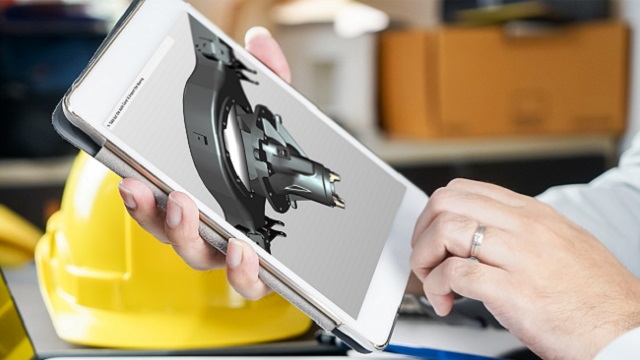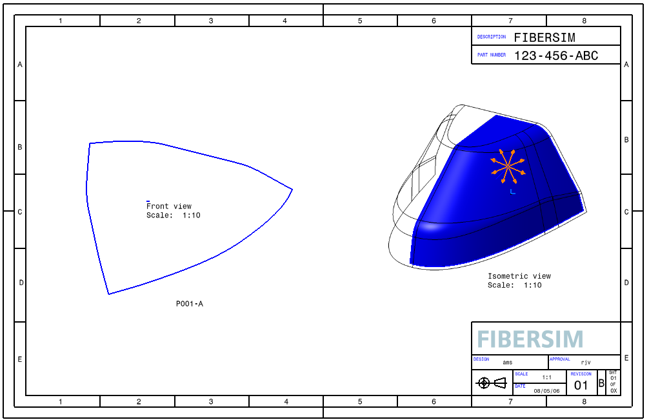-
-
航空航天及国防行业
航空航天及国防企业正在以卓越性能为目标开发前沿的平台和系统。 政府针对全新的飞机和技术正大力推进基础设施和安全系统转型。 创新是其推动力,而在整个航空航天及国防产品生命周期和价值链中实施同步的协同式项目管理则可以促进创新。
-
-
电子和半导体行业
电子和半导体企业需要基于行业典范做法的预配置软件解决方案来实现新产品开发和推广 (NPDI) 的卓越表现。 通过缩短创新和开发周期,实现整个供应链的协作,创建闭环、智能和集成的制造环境
-
工业机械和重型装备工业
重型装备与工业机械已经具备了前所未有的复杂性。 在竞争日益激烈的市场当中,各公司不但要确保不断创新,还要应对复杂性挑战。 Siemens PLM Software 能够助您打造出适当的产品,还能让产品满足需求。
-
-
-
- NX
- Polarion
- Teamcenter
- Simcenter
- Manufacturing Operations Center
- Tecnomatix
- MindSphere
- PLM Components
-
-
-
-
-
Siemens 制造运营管理 (MOM) 软件是一套完整的解决方案,用于实施有助于制造运营实现全面数字化的战略。
Manufacturing Operation Center
-
-
MindSphere
MindSphere is the cloud-based, open IoT operating system from Siemens that connects your products, plants, systems, and machines, enabling you to harness the wealth of data generated by the Internet of Things (IoT) with advanced analytics.
-
PLM Components
PLM Components are 3D software development toolkits that increase the value of CAD, CAM, CAE and related PLM applications by reducing the time, cost and risk of delivering 3D software innovation to your customers.
-
- Mechanical Design
- Electrical & Electronics
- Software Engineering
- Simulation & Test
- Manufacturing Planning
- Factory Automation
- Manufacturing Operations Center
- Performance
-
Simcenter
Siemens NX 软件是一款既灵活又功能强大的集成式解决方案,有助于您更快更高效地提供更优质的产品。 NX 提供了下一代的设计、仿真和制造解决方案,支持公司实现数字孪生的价值。
-
-
-
-
-
-
-
-
-
Composite Design and Manufacturing
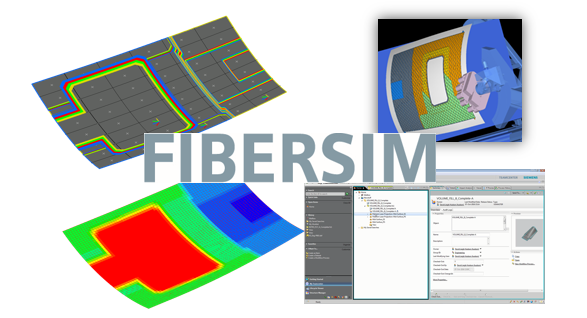 |
Composite Design and Manufacturing
The digital twin of a composite part only has value if it can be leveraged throughout the product lifecycle. Fibersim’s open architecture provides access for best-in-class industry solutions to the complete digital definition of the composite part. The HDF5-based CAE Exchange Format provides access to leading CAE tools. The Flat Pattern Export module provides optimized flat patterns for leading cutters and nesting packages. Laser Projection creates a true offset dataset that can be consumed directly by leading laser projection systems. Automated Fiber Placement and Tape Laying exports can be leveraged by leading path planning software for automated deposition. All of these integrations are available regardless of the CAD system used to author the Fibersim definition – NX, CATIA, or Creo – allowing OEMs and suppliers to work on their preferred platform for design. |
|
Manufacturing Definition
While assessing part producibility is critical to avoiding costly re-work, most manufacturing processes require incorporation of additional manufacturing details. For hand layup, these are built-in to the Fibersim ply, with real-time feedback of different darting strategies, material width warnings, and automated splice group assignment. For automated deposition, Fibersim provides advanced tools to account for minimum course limitations of specific machines and the staggering of origins for path planning. Once the details are captured, they can be leveraged directly by the shop floor via exports to flat pattern, laser projection, and path planning software. |
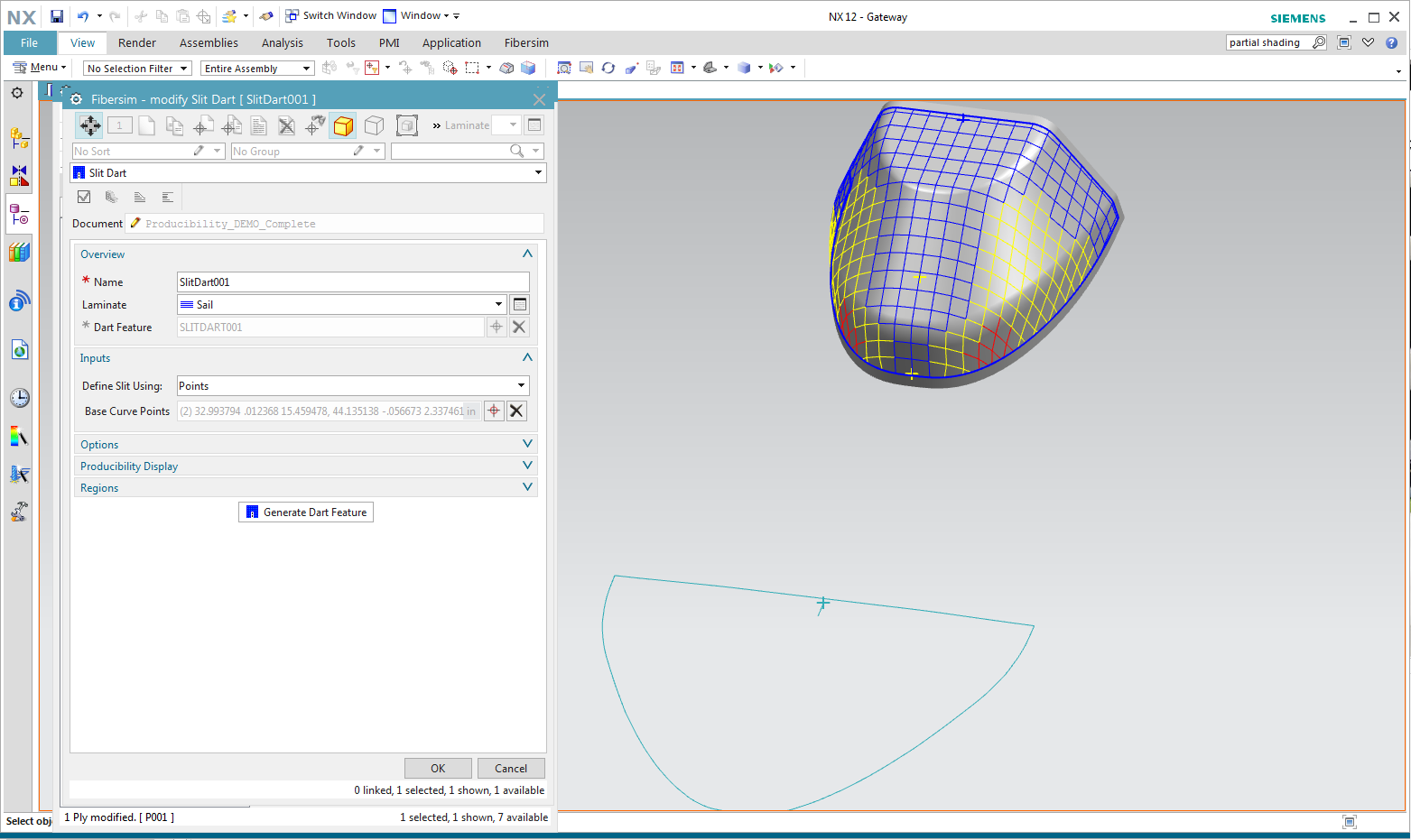 |
|
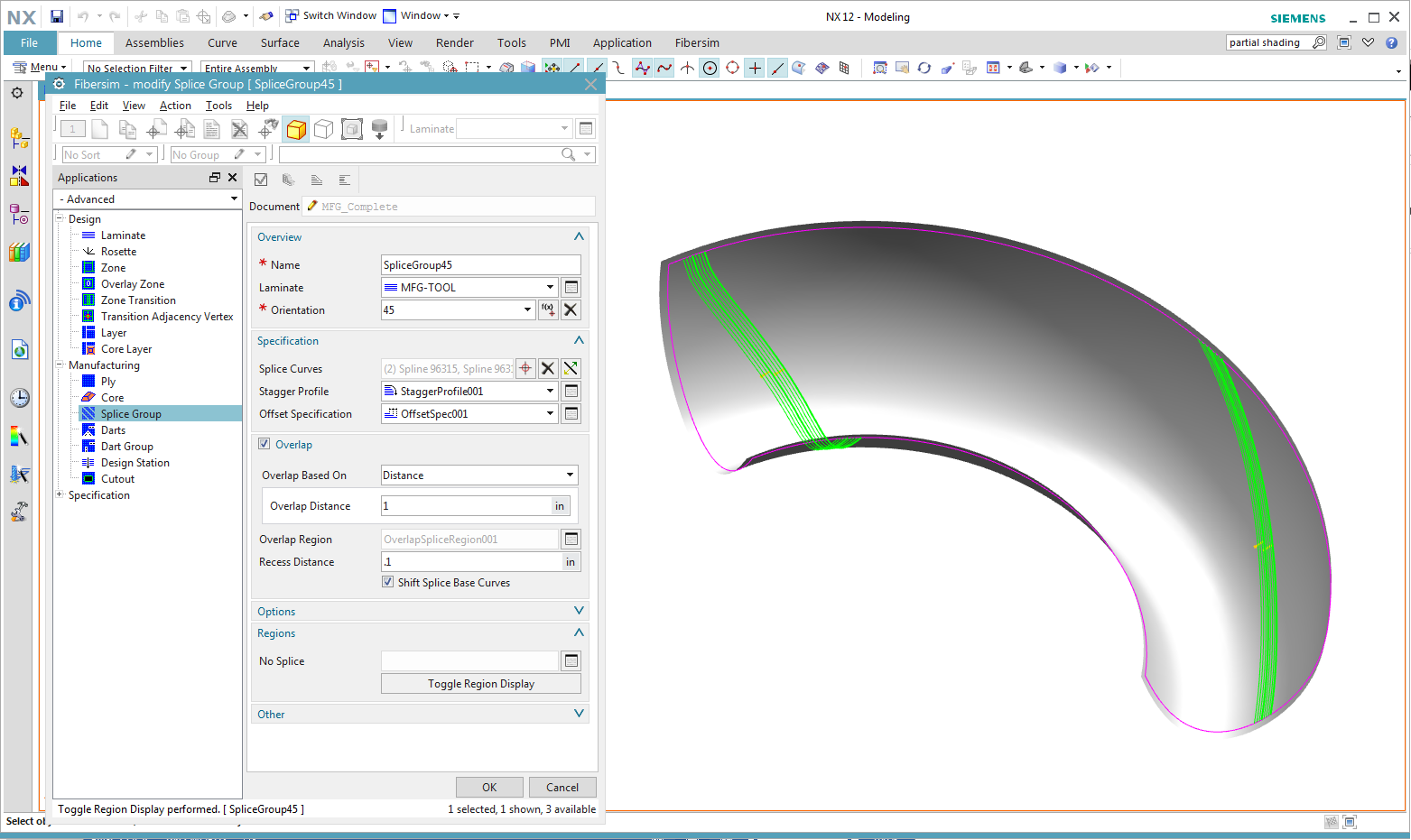 |
Manufacturing Definition Detail
Resolving material deformation, deviation, and fiber buckling before layup reduces iterations and increases manufacturing throughput. Fibersim does this with flexible, automated splicing and darting capabilities. Incorporating specifications, including staggered splicing, splice overlap, no-splice regions, and no-dart region, helps automate creation and ensures design and manufacturing requirements are met. |
|
Manufacturing Documentation & Automation
Documenting a composite design for manufacture can be a tedious and error-prone process. By repurposing the composite design data already captured in Fibersim, the Documentation module can be used to automate the generation of accurate manufacturing plybooks, ply tables, and 3D data. |
|







